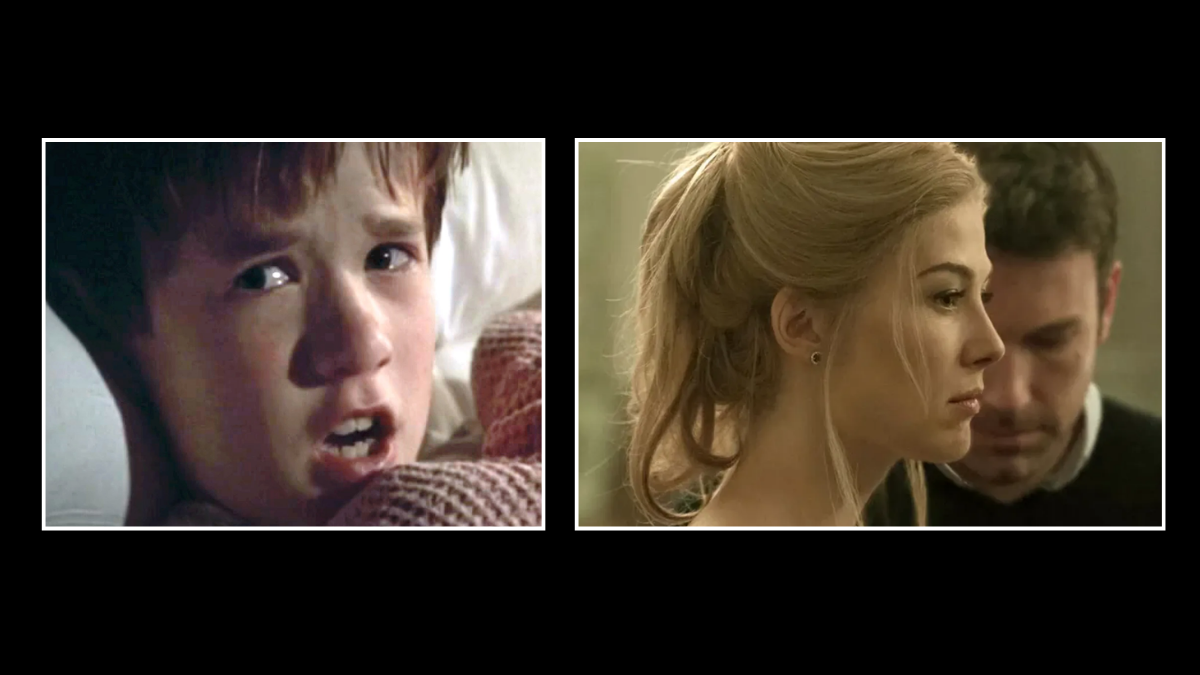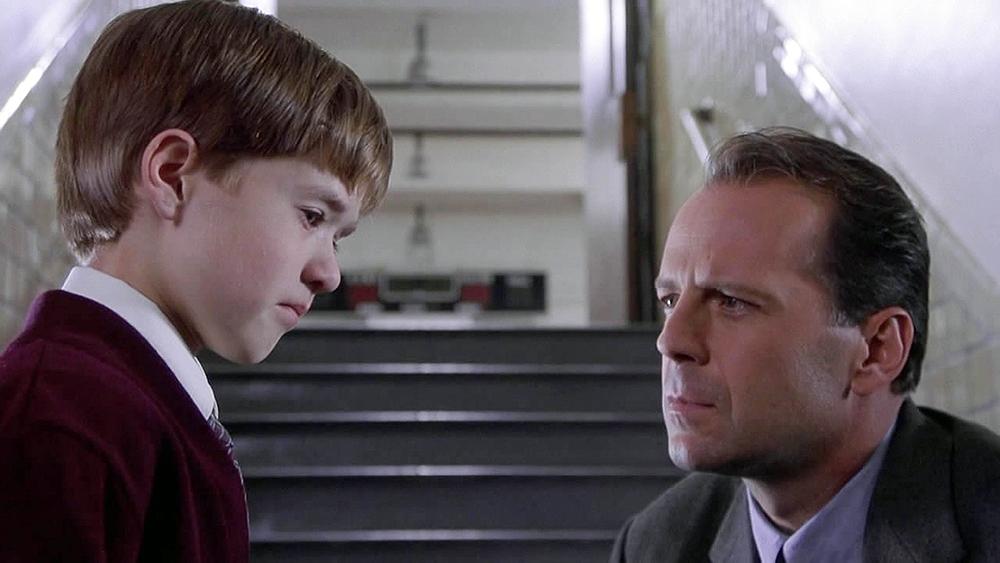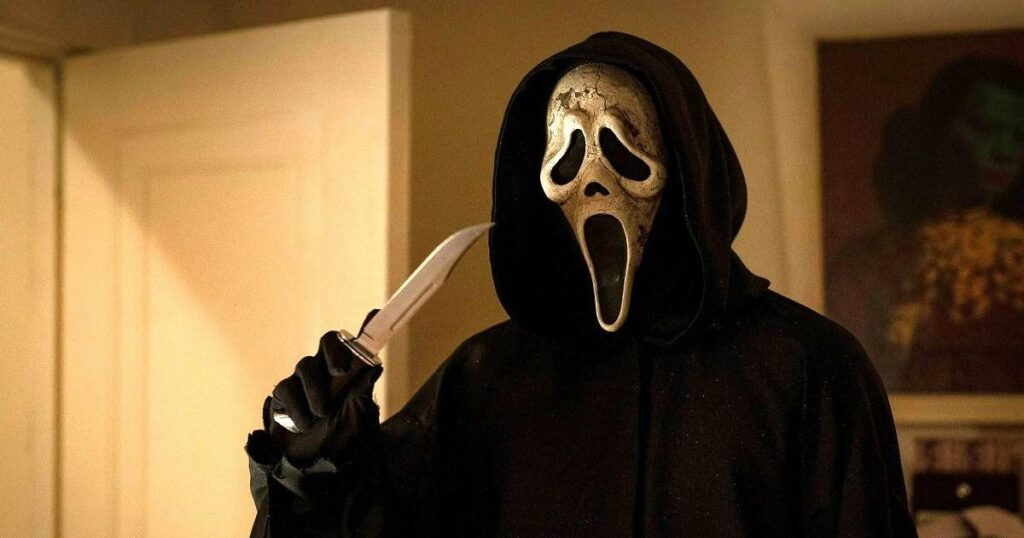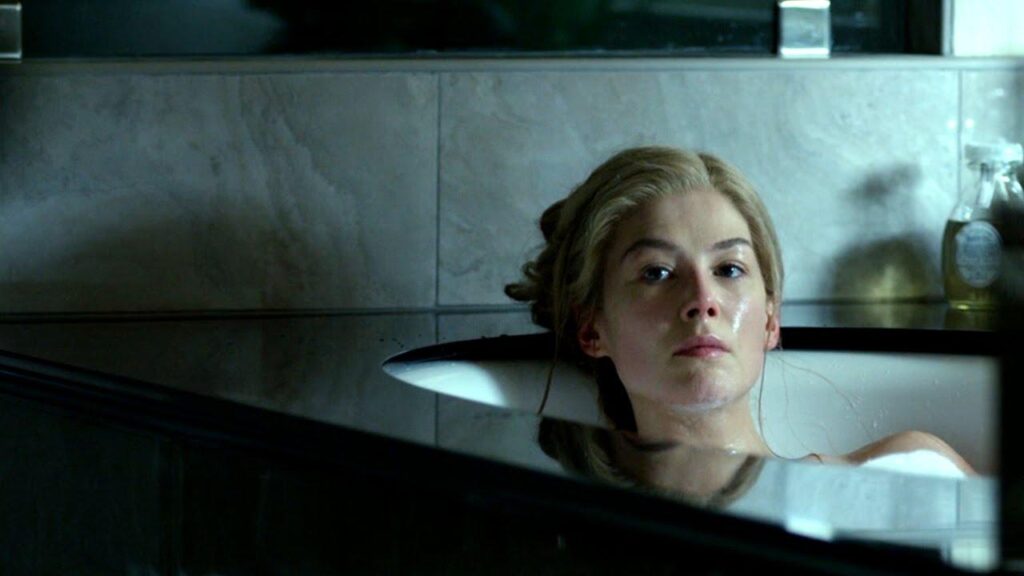Foreshadowing vs. Red Herrings in Movies and TV Shows

In the world of film and television, where storytelling is as much about visual and auditory cues as it is about dialogue and plot structure, narrative devices like foreshadowing and red herrings play critical roles in shaping the audience’s experience. These two techniques—often used in mystery, thriller, and even horror genres—are fundamental to keeping viewers on edge, challenging their perceptions, and delivering impactful reveals. However, they serve very different purposes.
Foreshadowing: Preparing the Viewer for What’s to Come
Foreshadowing is a technique used to subtly suggest or hint at major events or twists that will occur later in the story. Filmmakers and TV writers employ foreshadowing to plant clues that create a sense of inevitability around certain plot developments. When executed well, it not only enhances suspense but also makes the eventual revelation more satisfying, as viewers can look back and see how the pieces were set in place all along.
Examples of Foreshadowing in Film and TV:
‘Breaking Bad’ – One of the best examples of foreshadowing in recent TV is the way ‘Breaking Bad’ sets up its explosive final season. In particular, the first episode of the final season opens with a flash-forward of a dishevelled and bearded Walter White buying a machine gun. This scene hints at the chaos and violence that will ensue, creating a sense of anticipation and dread as the story builds toward its explosive conclusion. Every subsequent episode plays out like a countdown to that fateful moment.

‘The Sixth Sense’ – M. Night Shyamalan’s ‘The Sixth Sense’ is renowned for its jaw-dropping twist ending, where we discover that Bruce Willis’ character has been dead all along. This reveal is brilliantly foreshadowed throughout the film, from his cold breath in certain scenes to the fact that no one but the child, Cole, interacts with him. These subtle visual cues prepare the audience for the truth, making the twist feel like a natural (albeit shocking) conclusion.

Red Herrings: Leading the Audience Astray
Red herrings, on the other hand, are deliberate misdirections designed to lead the audience away from the true resolution of the plot. They add complexity and intrigue to a story by making viewers suspicious of the wrong characters or interpreting events incorrectly. While foreshadowing provides clues for what will happen, red herrings are distractions meant to keep the audience off-balance and guessing.
Examples of Red Herrings in Film and TV:
‘Knives Out’ – Rian Johnson’s ‘Knives Out’ is a masterclass in using red herrings. The entire film is constructed around misleading the audience into suspecting various characters in the murder of the wealthy patriarch, Harlan Thrombey. The story throws suspicion on almost every family member through false leads, hidden motives, and unreliable testimonies, only to reveal that the real culprit was hiding in plain sight. These misdirections keep the mystery alive until the final moments.

‘Scream’ – Wes Craven’s ‘Scream’ is another great example of how red herrings can be used to mislead the audience. Throughout the movie, almost every character comes under suspicion as the potential killer in a meta-horror film that plays with the tropes of the genre. The constant misdirection—particularly around the character of Billy Loomis—keeps the audience questioning who the real killer is, all the way to the final reveal.

How Filmmakers Balance Foreshadowing and Red Herrings
The key to successfully using both foreshadowing and red herrings lies in balance. If a movie or show relies too heavily on red herrings, it risks frustrating the audience, making them feel deceived without a satisfying payoff. Conversely, if foreshadowing is too overt or heavy-handed, it can make the plot predictable and rob it of suspense. The best films and TV shows find a way to intertwine both techniques, creating a delicate dance between anticipation and misdirection.
For example, David Fincher’s ‘Gone Girl’ is a brilliant thriller that balances both techniques. Early on, the film drops subtle foreshadowing about Amy Dunne’s manipulative nature and the secrets in her marriage. But the narrative is also filled with red herrings, like media speculation and the suspicion cast on her husband, Nick. The combination of the two techniques makes for a constantly shifting narrative that keeps viewers off-balance until the final, stunning revelation.

Visual and Auditory Foreshadowing in Film
In visual storytelling, foreshadowing isn’t always about plot points. Directors use visual and auditory cues to hint at future events. For instance, in ‘The Godfather’, oranges are used as a visual motif, appearing before key deaths throughout the film. Similarly, in horror films like ‘The Shining’, eerie music often precedes ominous events, subtly preparing the audience for what’s about to unfold without giving away the specifics.
The Importance of Red Herrings in Suspense
Red herrings are particularly effective in creating tension in thrillers. By diverting the audience’s attention, they make the ultimate reveal more surprising and impactful. Alfred Hitchcock, often called the ‘Master of Suspense,’ frequently used red herrings in his films. In ‘Psycho’, the entire first act leads viewers to believe that Marion Crane’s theft is central to the plot. However, her shocking death halfway through the film pulls the rug out from under the audience, revealing the true horror lies in Norman Bates.
Crafting Compelling Suspense
Foreshadowing and red herrings are essential tools in a filmmaker or showrunner’s arsenal when crafting suspenseful, engaging narratives. Foreshadowing works to subtly guide the audience toward an inevitable conclusion, enhancing the story’s coherence and rewarding attentive viewers. Red herrings, on the other hand, lead audiences down false paths, adding complexity and keeping them guessing. Together, these techniques create a dynamic interplay of anticipation and misdirection, ensuring that mysteries remain compelling from beginning to end.
When used effectively, foreshadowing and red herrings can elevate a film or TV show from a simple narrative into a masterful game of suspense and surprise, leaving viewers questioning, rewatching, and appreciating the layers woven into the story.
–Silviya.Y








